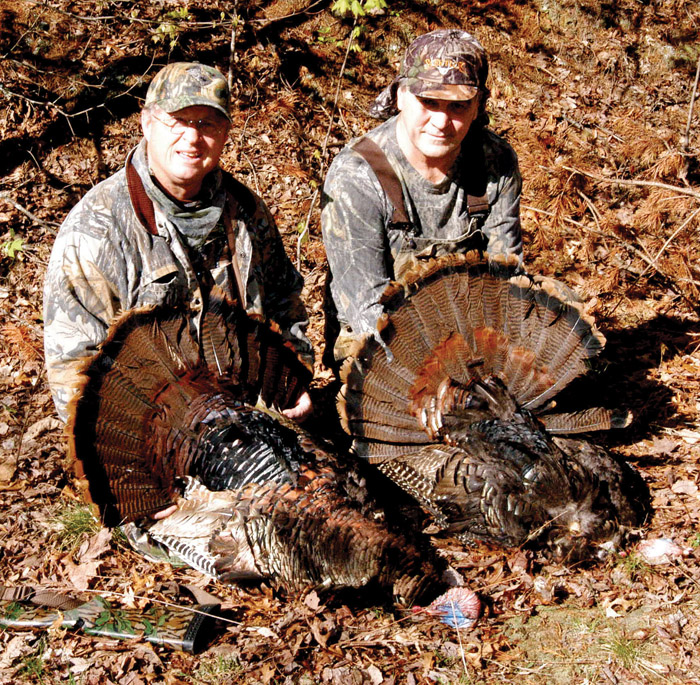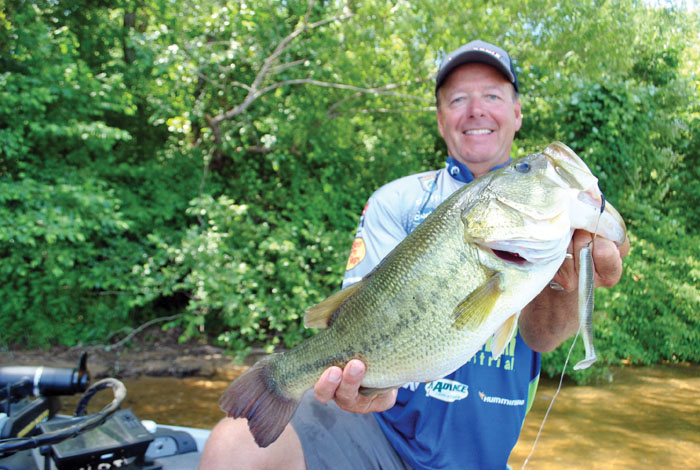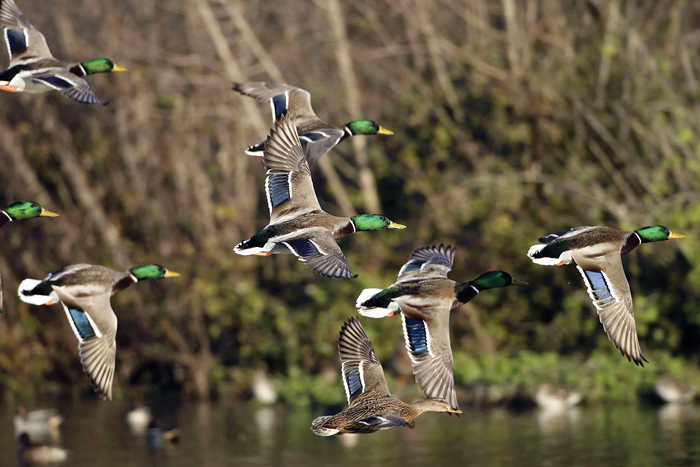Hudson column: Uwharrie smallmouth
Published 12:00 am Friday, April 22, 2011
By Glenn Hudson
For the Salisbury Post
Smallmouth bass near Salisbury? Most anglers would think you don’t know what you’re talking about, but one trip down the Uwharrie River will convince you that these aggressive and spirited cousins of the largemouth bass are in fact plentiful for those willing to drive an hour for an angling adventure.
Kayaks are the proven method of transportation on the Uwharrie, which is located between Montgomery and Randolph counties, near Troy. The river starts near Winston-Salem, and then meanders alongside the Uwharrie National Forest near N.C. 109 before joining the rest of the Yadkin-Pee Dee River chain at Lake Tillery.
The biggest factors that determine the quality of the fishing are water level and water clarity. Both of these are directly related to recent rainfall.
You want the water to be relatively clear, but rain brings the water level up and makes the fishing much easier because you can float the river without having to get out of your kayak on a regular basis to walk the shallow sections. For that reason, a couple of days after a rain storm will produce optimum water level and clarity.
Anglers should also keep in mind that fishing for smallmouth is nothing like fishing for largemouth.
Smallmouth bass prefer colder, fast-moving and more oxygenated water, which is why you won’t find them in our regional lakes.
They also prefer to eat crawfish over most other forage found in the river. Then again, in a small fishery such as the Uwharrie, food can be scarce at times so the bass often take whatever they can catch.
As for casting lures, in-line spinners, small spinner baits, and small crank baits, especially crawfish patterns, are the go-to baits. Smallmouth like to hide in the eddies created by rocks or other structure in the river that blocks the current.
Most successful casts are upriver, past these types of structure, where the bait is allowed to flow naturally down the river past where the fish are hiding to ambush food.
Probably the hardest part about this type of fishing is the fact that you have to paddle your kayak and fish at the same time, which really isn’t possible.
Smallmouth like to position themselves just downstream of the rapids, of which there are several sections in the river. These sections have the fastest-moving water. So, you have to go through the rapids, quickly turn your kayak into the current, and then cast upstream of the rapids and bring your lure back in a natural fashion.
Sometimes you can get two or three good casts in before the current pushes you out of position.
Depending on your strength and stamina you might decide to paddle upstream and make a few more casts. Or, after several hours of this you might decide that this type of fishing is a lot more like exercise and just float on down the river to the next section of rapids.
Either way, you will have seen some of the most beautiful countryside in all of the Piedmont. And you might even catch a trophy smallmouth bass.
Glenn Hudson is a freelance fishing writer based in Salisbury. Contact him at littletuna67@aol.com.




